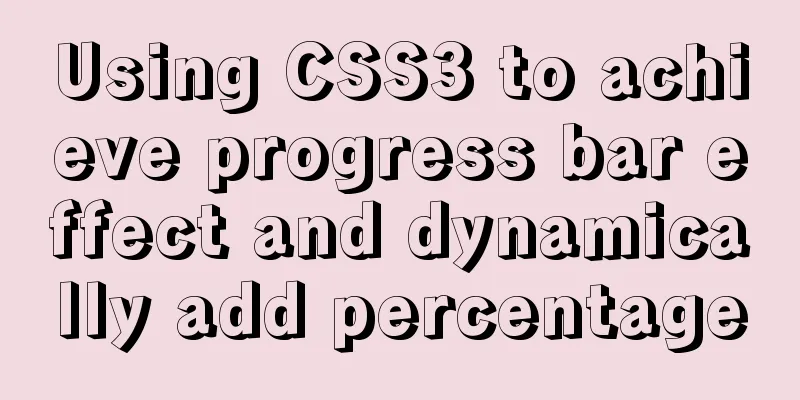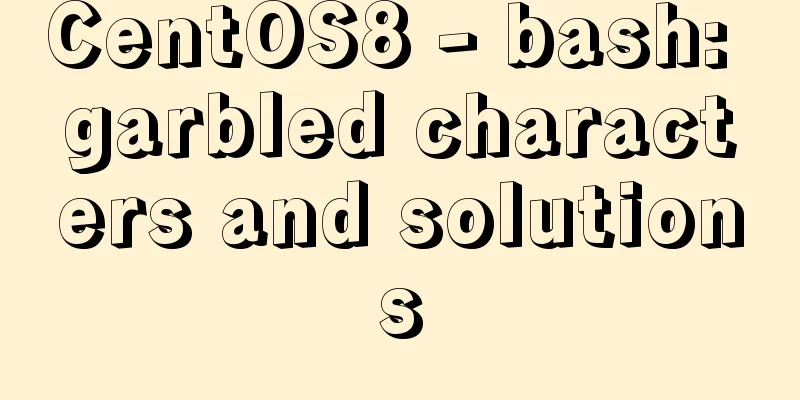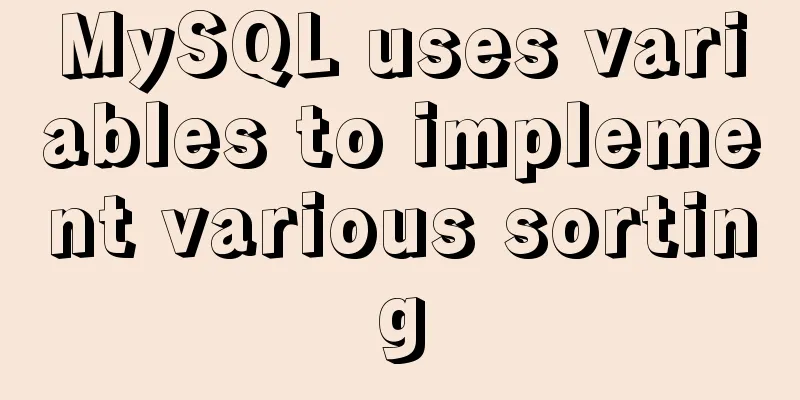Using CSS3 to achieve progress bar effect and dynamically add percentage

|
During the project, I started using the js requestAnimationFrame method to implement the progress bar, but it greatly affected the performance when there was a lot of data, so I used CSS to implement it and optimize it. First paste the code:
<!DOCTYPE html>
<html lang="en">
<head>
<meta charset="UTF-8">
<meta name="viewport" content="width=device-width, initial-scale=1.0">
<meta http-equiv="X-UA-Compatible" content="ie=edge">
<title>Document</title>
<style type="text/css">
*{margin: 0;padding: 0}
.box{width: 100px;height: 10px;border-radius: 10px;background: #999;margin: 100px auto;border: 1px solid #ff6780;}
.child{position: relative;height:100%;border-radius:inherit;}
.process-animate{background: #ff6780;position: absolute;left: 0;top: 0;bottom: 0;border-radius:inherit;
animation: process 1s linear forwards ;
}
@keyframes process
{
0%{
left:0;right:100%;
}
20%
right:80%
}
40%
right:60%;
}
60%{right:40%;}
80%{right:20%;}
100%{right:0;}
}
</style>
</head>
<body>
<div class="box">
<div class="child" style="width:50%"> // The percentage of child is the proportion of the progress bar<p class="process-animate"></p>
</div>
</div>
</body>
</html>Effect diagram (copy the code to view the dynamic effect):
Under normal circumstances, the percentage must be calculated based on the background data, so it is dynamically passed in. The Vue code is posted below Progress bar subcomponent (progress.vue):
<template>
<div class="process-wrapper" :class="{'addGray':addGray}">
<div class="process-child" ref="processChild">
<p class="process-animate" :class="{'addGray':addGray}"></p>
</div>
</div>
</template>
<script>
export default {
props: {
addGray: {
//Gray type: Boolean,
default: false
},
progressWidth: {
//Progress bar percentage type: Number,
default: 0
}
},
mounted() {
this.$nextTick(() => {
console.log(this.addGray, "addGray---");
this.$refs.processChild.style.width = this.progressWidth + "%"; //Dynamically change the progress bar// this.$refs.processChild.style.width = 90 + "%"; Test effect});
}
};
</script>
<style lang="scss" scoped>
.process-wrapper {
width: 1.98rem;
height: 0.13rem;
margin: 0.12rem 0 0.1rem 0;
border-radius: 0.1rem;
background: #fff;
border: 0.01rem solid #ff6780;
&.addGray {
background: #999;
border: 0.01rem solid #999;
}
.process-child {
position: relative;
height: 100%;
// width: 100%; //This width changes dynamically. Change border-radius: inherit through js;
.process-animate {
background: #ff6780;
position: absolute;
left: 0;
top: 0;
bottom: 0;
border-radius: inherit;
animation: process 1s linear forwards;
&.addGray {
background: #999 !important;
// border: 0.01rem solid #999;
}
}
}
}
@keyframes process {
0% {
left: 0;
right: 100%;
}
20% {
right: 80%;
}
40% {
right: 60%;
}
60% {
right: 40%;
}
80% {
right: 20%;
}
100% {
right: 0;
}
}
</style>Parent component calls: <!-- Progress Bar --> <Progress :addGray="inactive" :progressWidth="progressWidth"></Progress> See the actual effect:
over; perfectly uses CSS to solve the performance consumption of JS recursive animation. This is the end of this article about using CSS3 to achieve progress bar effects and dynamically add percentages. For more relevant CSS3 progress bar adding dynamic percentage content, please search 123WORDPRESS.COM's previous articles or continue to browse the related articles below. I hope everyone will support 123WORDPRESS.COM in the future! |
<<: Vue.js style layout Flutter business development common skills
>>: HTML meta viewport attribute detailed description
Recommend
How to forget the password of Jenkins in Linux
1.Jenkins installation steps: https://www.jb51.ne...
js to implement file upload style details
Table of contents 1. Overview 2. Parameters for c...
Knowledge about MySQL Memory storage engine
Knowledge points about Memory storage engine The ...
MySQL transaction analysis
Transaction A transaction is a basic unit of busi...
Problems and solutions when installing MySQL8.0.13 on Win10 system
Operating system: Window10 MySQL version: 8.0.13-...
A simple way to achieve scrolling effect with HTML tag marquee (must read)
The automatic scrolling effect of the page can be...
JavaScript Timer Details
Table of contents 1. Brief Introduction 2. setInt...
Solve the problem of data synchronization when vue-seamless-scroll scrolls and likes
VUE uses vue-seamless-scroll to automatically scr...
Solution to the problem of MySQL thread in Opening tables
Problem Description Recently, there was a MySQL5....
MySQL 5.7.17 installation graphic tutorial (windows)
I recently started learning database, and I feel ...
Basic knowledge: What does http mean before a website address?
What is HTTP? When we want to browse a website, w...
Detailed explanation of the problem when combining CSS ellipsis and padding
Text truncation with CSS Consider the following c...
MySql fuzzy query json keyword retrieval solution example
Table of contents Preface Option 1: Option 2: Opt...
Nest.js hashing and encryption example detailed explanation
0x0 Introduction First of all, what is a hash alg...
Nginx/Httpd load balancing tomcat configuration tutorial
In the previous blog, we talked about using Nginx...











